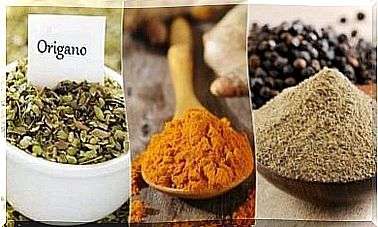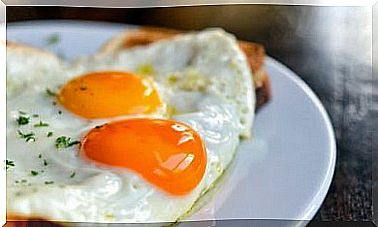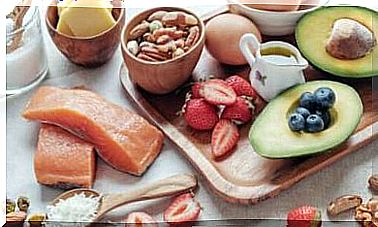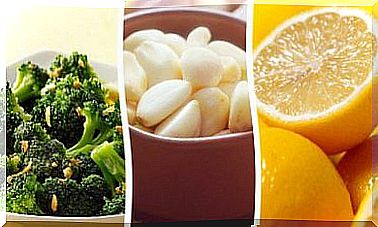Paleo Diet: Complete Guide For Beginners

Have you ever heard of the paleo diet? If the answer is yes, you will surely know the possible benefits attributed to it. If you are interested in following this diet, in this article we are going to offer you a complete guide to start following it. And if you’ve never heard of it, we’ll give you some background information.
The paleo diet or paleo-diet is a very interesting eating pattern. It focuses on the consumption of organic foods, which have not undergone industrial processes. Try to imitate the diet of our ancestors, whose diet consisted of game and crops.
Why is there so much interest in the paleo diet?
The paleo diet is a food plan that is based on foods similar to those that man seems to consume in the Paleolithic, that is, over a period ranging from approximately 2.5 million to 10,000 years ago.
Our ancestors were genetically the same as contemporary humans. Evolution took place under the banner of these foods and they did not suffer from diseases such as obesity, diabetes or heart disease, so common in contemporary society.
Certain studies suggest that this diet can result in considerable weight loss (without the need to track calories) and other health improvements, which we will discuss shortly.
Basic guidelines for following the paleo diet
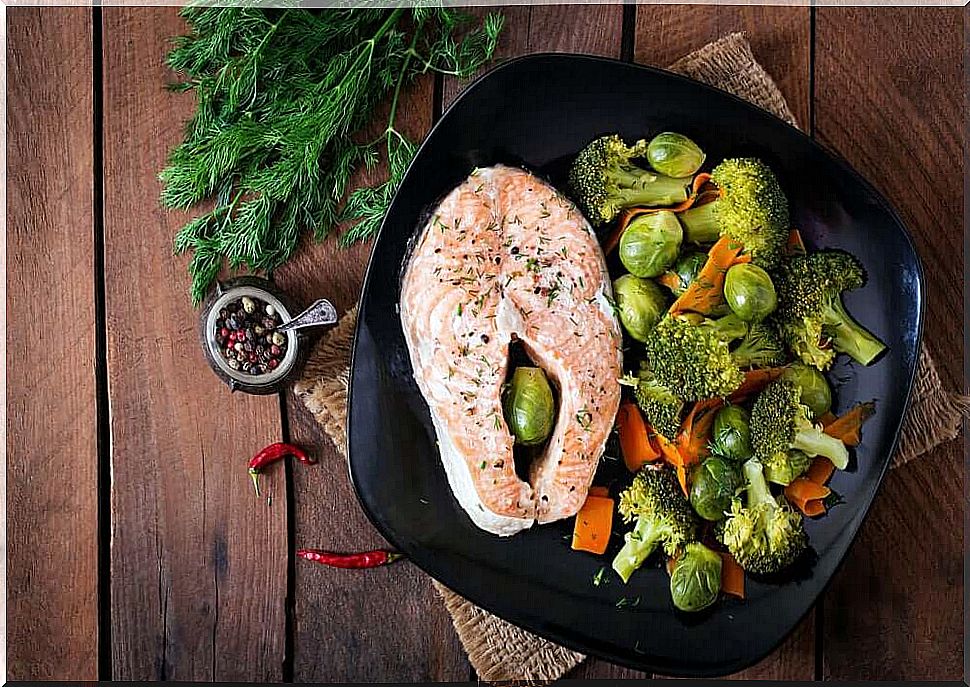
Recommendations vary between different versions of the paleo diet – some diet plans have stricter guidelines than others. In general, paleo diets follow the following general lines:
Foods allowed:
- Lamb, pork, veal.
- Poultry: chicken, turkey.
- Fish: salmon, trout, sardines.
- Eggs, preferably from free-range hens.
- Fresh vegetables: lettuce, tomatoes, peppers, carrots, onions, and so on.
- Fruits: apples, bananas, pears, oranges, avocados, etc.
- Berries: blueberries, strawberries, blackberries, etc.
- Nuts: almonds, walnuts, macadamia nuts, hazelnuts, sunflower seeds and pumpkin.
- Coconut and olive oil
- Tubers: potatoes, sweet potatoes, radishes.
- Condiments: garlic, turmeric, rosemary, parsley.
Foods to avoid
- Cereals: such as wheat, oats, barley
- Legumes: such as beans, lentils, peanuts and fabaceae (green beans, peas)
- Dairy products
- Refined sugar
- salt
- Vegetable oils: Corn oil, sunflower oil, soybean oil, and more.
- Trans fats: those of margarine and other processed foods.
Which paleo foods are the subject of controversy?
Although our ancestors did not consume certain foods, there would be nothing wrong with consuming them from time to time:
- The tea is very healthy and has ample amounts of antioxidants such as catechins and many other beneficial components.
- The coffee also contains many antioxidants and various studies show its many benefits.
- The dark chocolate, with a minimum percentage of cocoa equal to 70%, is very nutritious and is considered very healthy.
- The wine is a beverage with a high amount of tannins, another type of antioxidants.
Weekly paleo menu

Monday
- Breakfast: a few slices of orange, walnuts and salmon with herbs.
- Lunch: Chicken salad with a drizzle of olive oil.
- Dinner: veal escalopes, grilled vegetables and a little melon.
Tuesday
- Breakfast: bacon and eggs with a portion of fruit.
- Lunch: hamburger with steamed potatoes.
- Dinner: salmon with vegetables.
Wednesday
- Breakfast: scrambled eggs, raw ham and an orange juice.
- Lunch: mix of vegetables and pork loin.
- Dinner: white rice, peeled shrimp and nuts.
Thursday
- Breakfast: eggs and a portion of fruit.
- Lunch: cod with a handful of almonds.
- Dinner: Turkey breast with vegetables.
Friday
- Breakfast: fried eggs, salad and green tea.
- Lunch: emperor fish with baked potatoes.
- Dinner: Steamed salmon with avocado.
Saturday
- Breakfast: eggs and a portion of fruit.
- Lunch: veal fillet with slices of cucumber and tomato.
- Dinner: Chicken with lemon and a banana.
Sunday
- Breakfast: veal fillet and a natural juice.
- Lunch: tuna, a handful of almonds and an apricot.
- Dinner: salad with baked potatoes and pineapple.
Evaluation of the results of this diet
Several clinical tests performed on samples have compared the paleo diet to other food programs, such as the Mediterranean diet or the diabetic diet.
Overall, these findings suggest that the paleo diet may offer some benefits over other diets based on fruits, vegetables, lean meats, whole grains, legumes, and low-fat dairy products. Some of these benefits are as follows:
- Greater weight loss
- Better glucose tolerance
- Greater control over blood pressure
- Reduction of triglycerides
- Better control over appetite
However, more longer-lasting testing would be needed, involving large groups of people sampled to undergo different diets, to understand the overall long-term health benefits and possible risks of the paleo diet.
